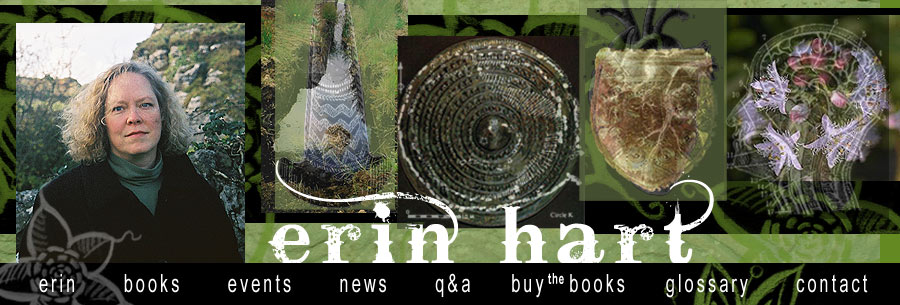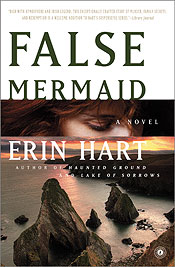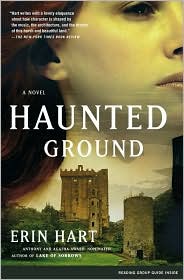Thanks for asking. That last word in the title of THE BOOK OF KILLOWEN, is pronounced 'KILL-OWEN,' as if you were saying, 'Arrghhhh! I'm going to kill Owen if he does that one more time!'
I'm hearing a lot of people say 'KILLOW-en,' with the emphasis pronounced to rhyme with 'WILLOW-en,' but the place name is originally two words in the Irish language and that's why it's pronounced the way it is.
'Cill' in Irish means 'church', and the full place name in the story is Cill Eoghain, or Owen's Church. You'll understand how it got that name after you read the first chapter of THE BOOK OF KILLOWEN. And that's all I'm going to say about that!
As pointed out in THE BOOK OF KILLOWEN, the country was fairly rotten with churches and monasteries in the early middle ages. There were chapels around every bend in the road. You can still see a fair number of them, thanks to the Irish attachment to crumbly stonework. Thousands of place names in Ireland begin with 'kill,' and now you know why.
My farvorite reference book on all this is IRISH PLACE NAMES, by Deirdre Flanagan and Laurence Flanagan, which gives detailed information on certain common constructions in Irish place names, and then translations for hundreds more. Here's what they say about 'cill':
If you're interested in the interesting and poetic place names in Ireland, you'llMeans 'church' and is the form which most frequently occurs in Irish place-names. It is the dative singular of the word ceall, derived from the Latin cella, which in Classical Latin referred to a 'room within a building', one of its special applications being to a 'shrine of a deity within the pagan 'templum'. In place-names it has a range of associated meanings: 'church, monastic settlement or foundation, churchyard, graveyard'. Of these, in place-names, 'monastic settlement' is the commonest reference, particularly where the name can be shown to pre-date the ecclesiatical reforms of the twelfth century.
My favorite ancient churches and chapels are places like Dysert O'Dea in Clare (pictured here), which has the most fantastic carved heads around the archway at the main door to the chapel. It's worth the visit, and cutting through the pasture and climbing over the stile in the stone fence to see this beautiful place.
The Nun's Chapel at Clonmacnoise (you have to cut through another pasture to get there!) is another great example of an intricately carved Romanesque doorway, and the interior of Cormac's Chapel at the Rock of Cashel is another, though it's badly damaged from too much moisture these days, and covered in scaffolding much of the time.
Another wonderful ancient church worth visiting (again, if you like climbing fences and hiking) is Teampall Chrónáin in the Burren region of County Clare.













Wonderful page great photos Bb
ReplyDelete